- Home
- Advertising
- Madison Avenue
- MAD MEN v. REALITY: Compare Don Draper's Ads With Those That Actually Ran In The 1960s
MAD MEN v. REALITY: Compare Don Draper's Ads With Those That Actually Ran In The 1960s
Don Draper's Season 1 pitch for the Kodak Carousel remains one of the show's most poignant moments.

The real first ad for the Carousel, which debuted in 1962, wasn't as high-minded as Draper's, but it did explain what the product actually does.
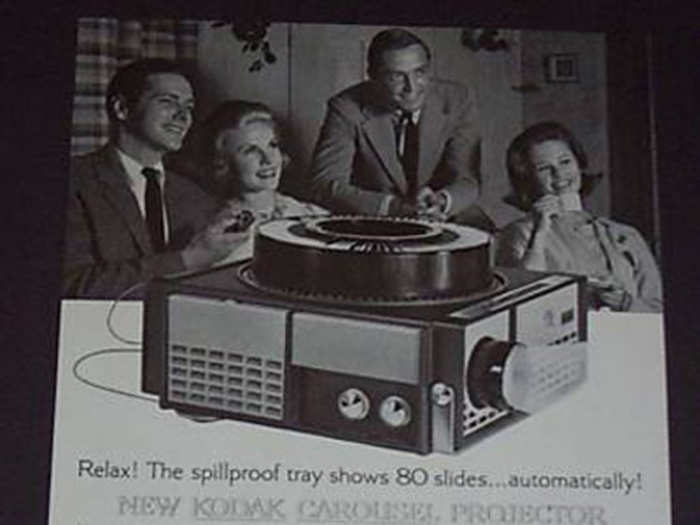
Sterling Cooper's ad for Samsonite plays on the fact that nobody likes an empty suitcase.

Meanwhile, Samsonite's actual late-60s campaign was in color and touted its luggage's ability to take a licking and keep on ticking.
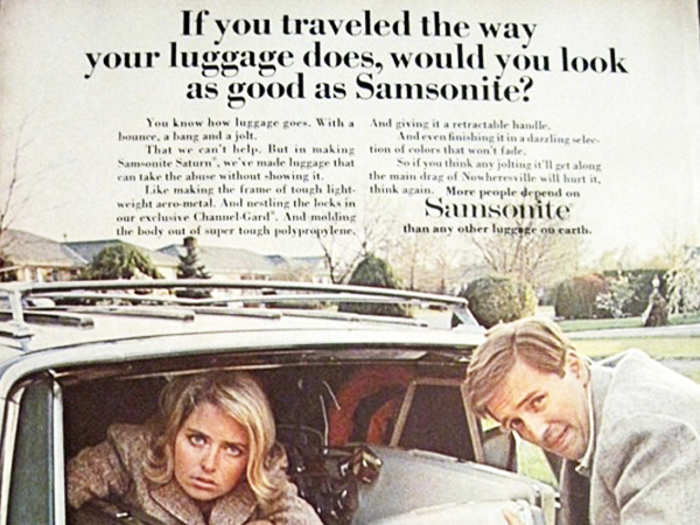
Here's Sterling Cooper's concept ad for Mohawk Airlines. The agency ultimately dropped Mohawk for a chance at the American Airlines account.
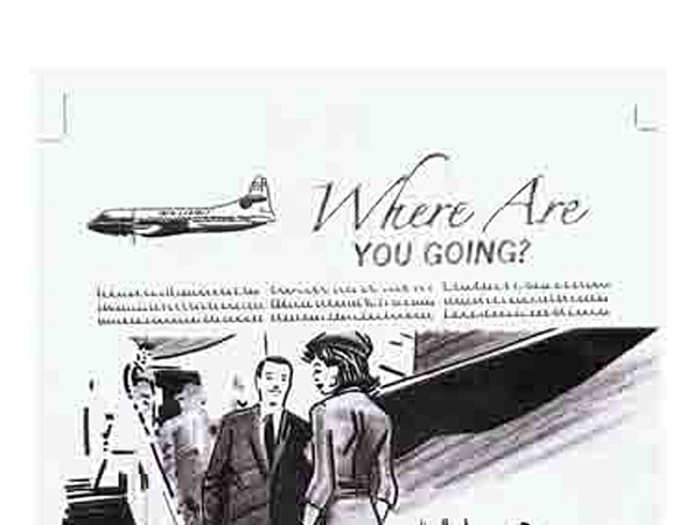
A real Mohawk ad from 1968 put a greater emphasis on its attractive stewardesses.
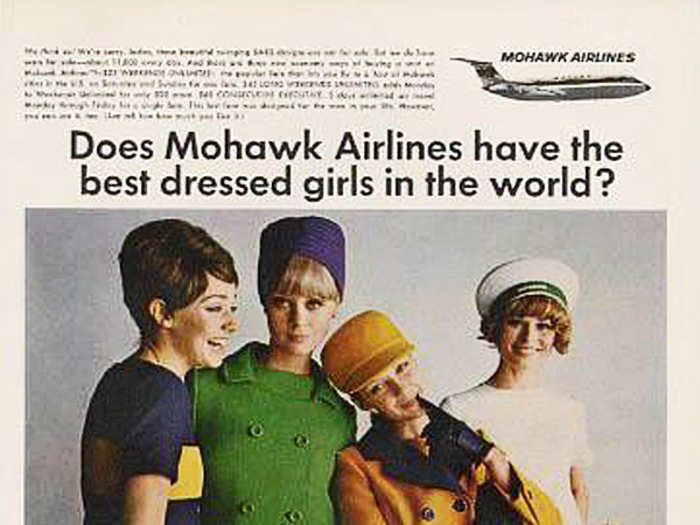
When Sterling Cooper Draper Pryce pitched Jantzen, the clients felt the innuendo was too strong.
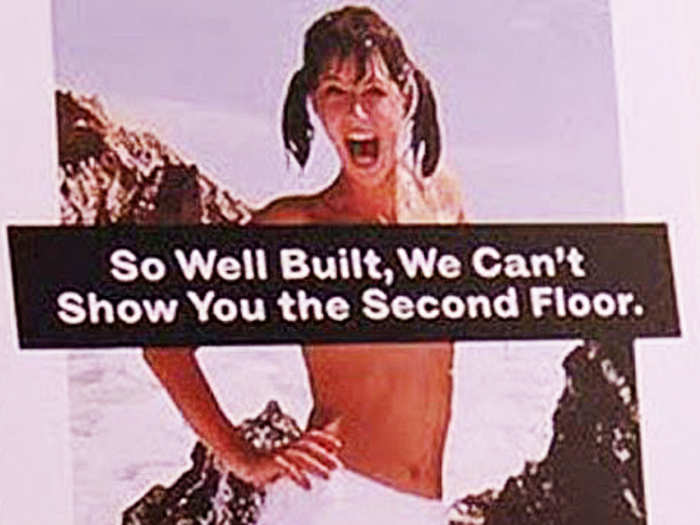
Jantzen's real ads were more modest. Here's one from 1960.
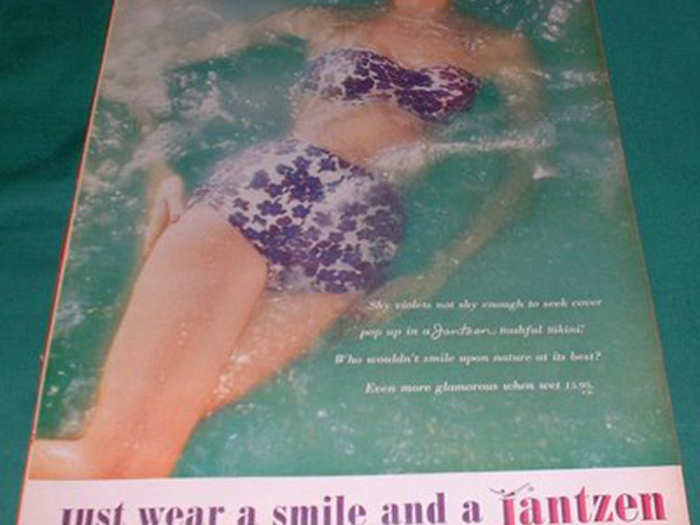
Sterling Cooper Draper Pryce's first hit campaign was for Glo-Coat. The boy in the ad is begging for someone to free him from the little jail cell he's made from a chair.
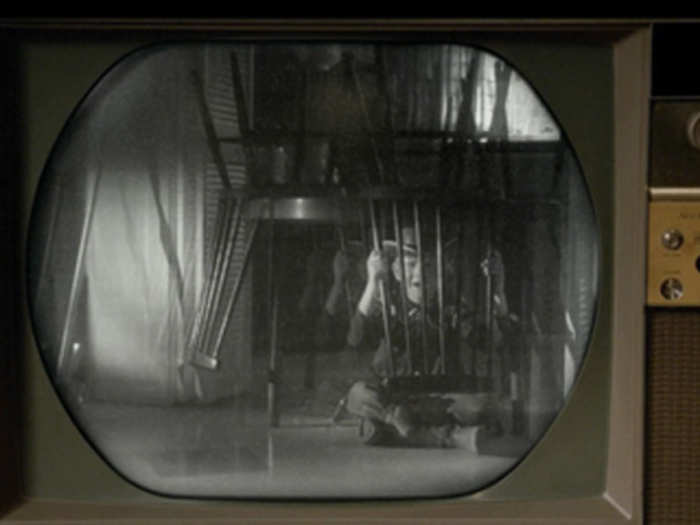
Glo-Coat's real ads were actually much, much cornier.

Here's a sketch Draper produced for Lucky Strike.
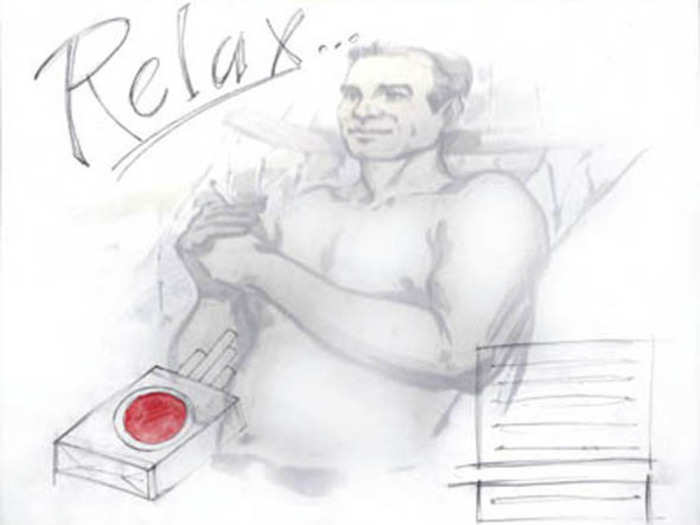
Lucky Strike's real ads featured former New York Giants star Frank Gifford from 1961 to 1962.
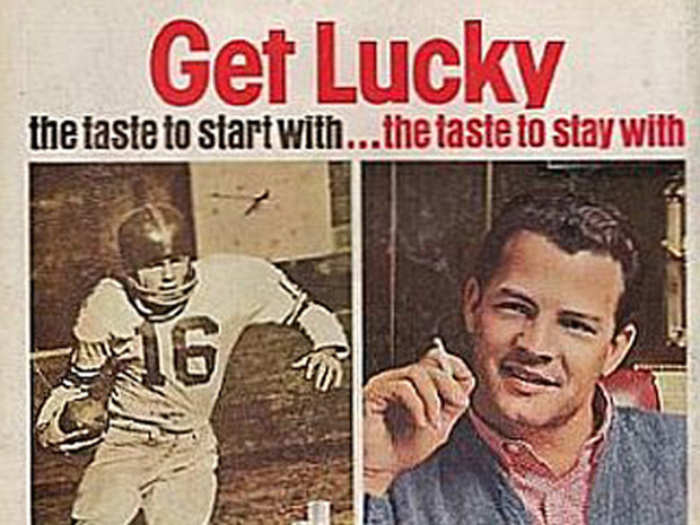
Sterling Cooper's attempt to help Playtex keep up with Maidenform asked women to decide whether they were a Jackie or a Marilyn.
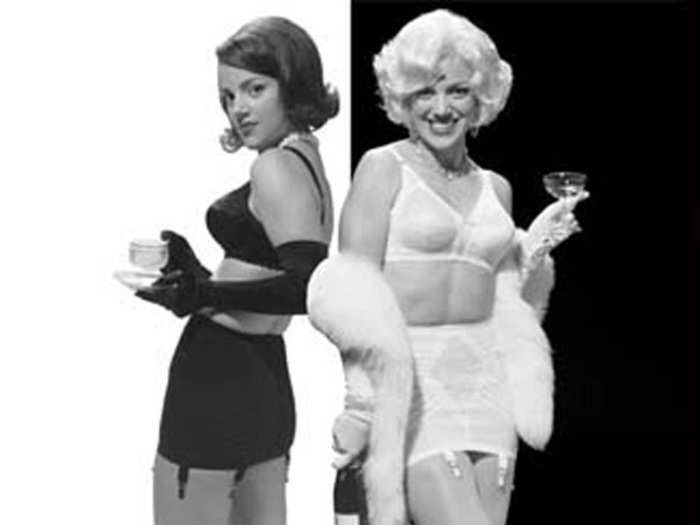
Playtex would ultimately turn to the real Jane Russell, a popular actress of the day, to advertise its products.
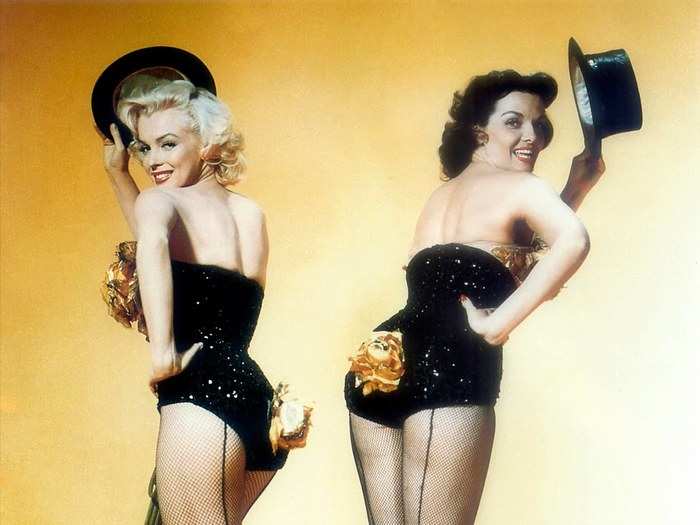
Here's the ad Don made Conrad Hilton for Hilton Hotels. Hilton was not impressed.
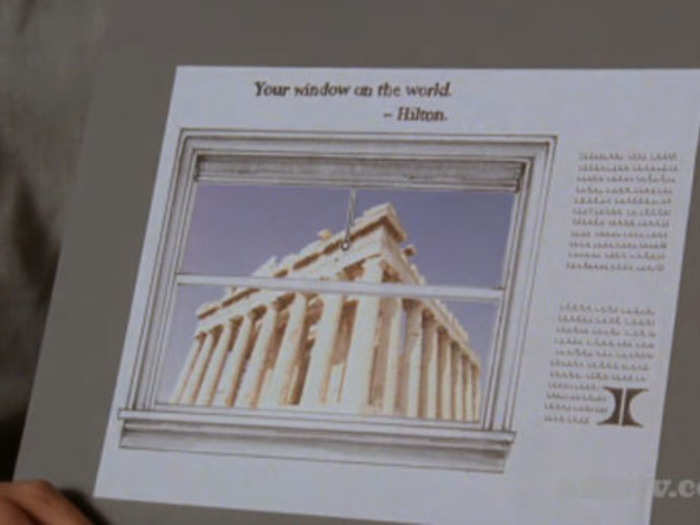
Here's one of Hilton's actual ads, promoting its numerous locations across Europe.
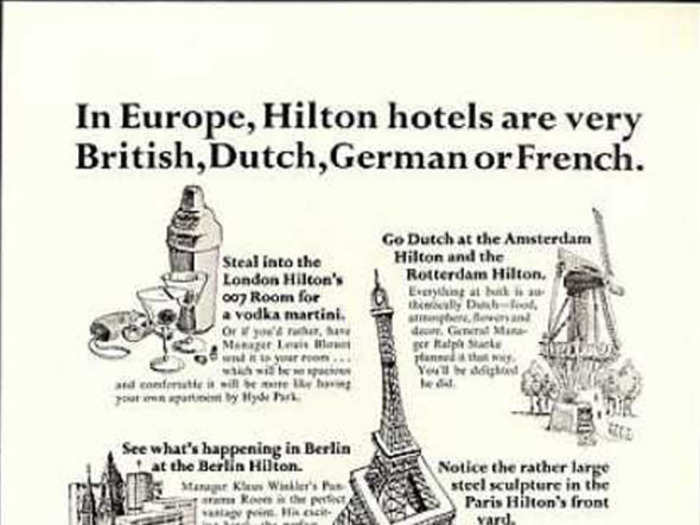
Draper's ads for Playtex gloves were actually far superior to the real McCoy.
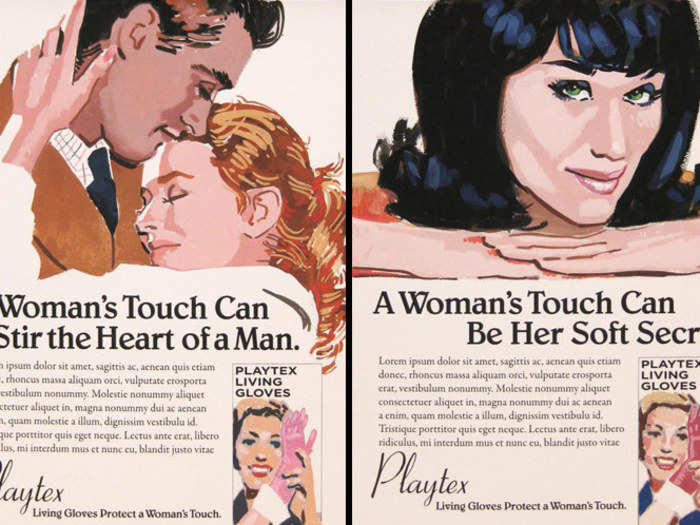
Yikes.
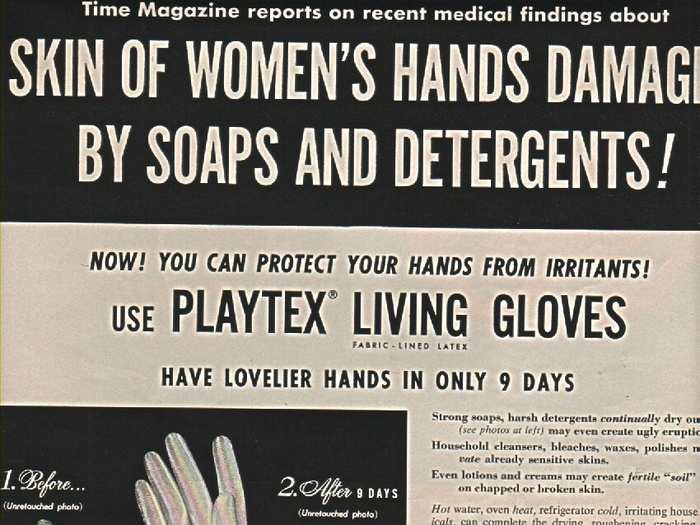
Life wanted something emphasizing its health benefits instead of this Don Draper ad.
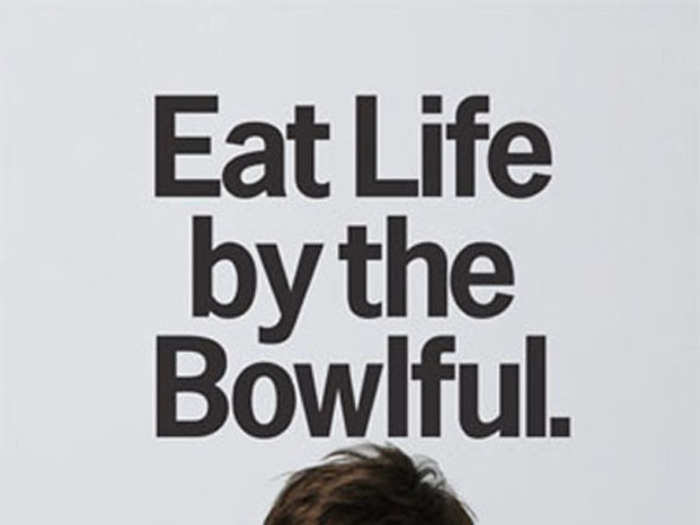
The brand really was pushing a health message at the time, as seen in this 1962 ad.
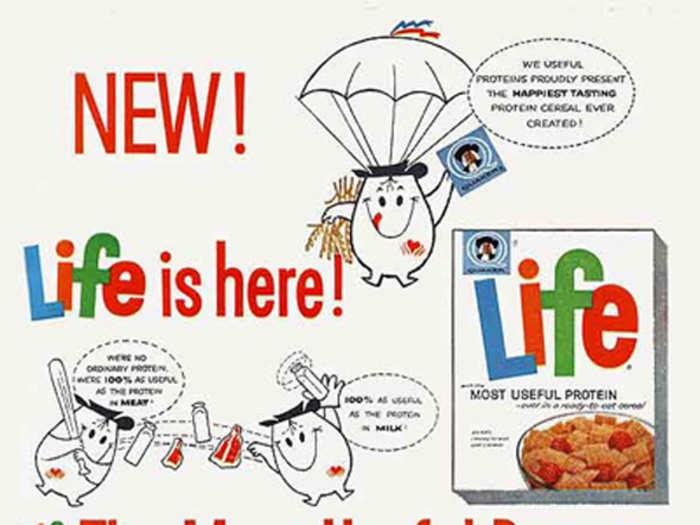
In Season 6, Peggy pitched Heinz executives on a Times Square billboard to draw a clear distinction between Heinz's one-of-a-kind Ketchup and rival brands' watered-down "catsup."
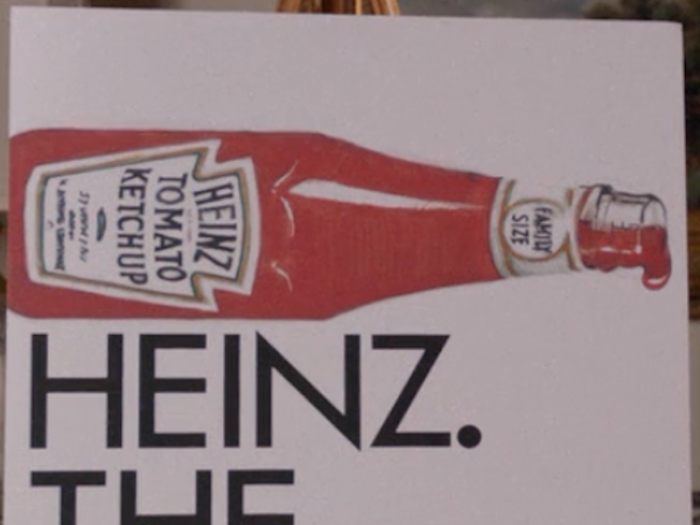
Sterling Cooper Draper wound up losing the pitch to JWT, but Heinz's real-life ad agency, DDB, was employing a similar strategy of differentiating Ketchup from catsup.

It's easy to see why people from the Hawaii Sheraton interpreted Donald Draper's "jumping-off point" sketch as being a little too morbid.
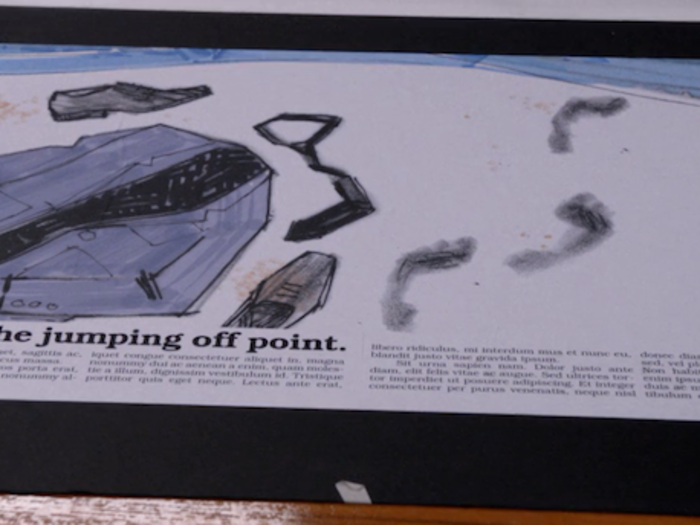
In real life, the Sheraton's competitor Hilton Hotels was sticking to the basics of fun in the sun.
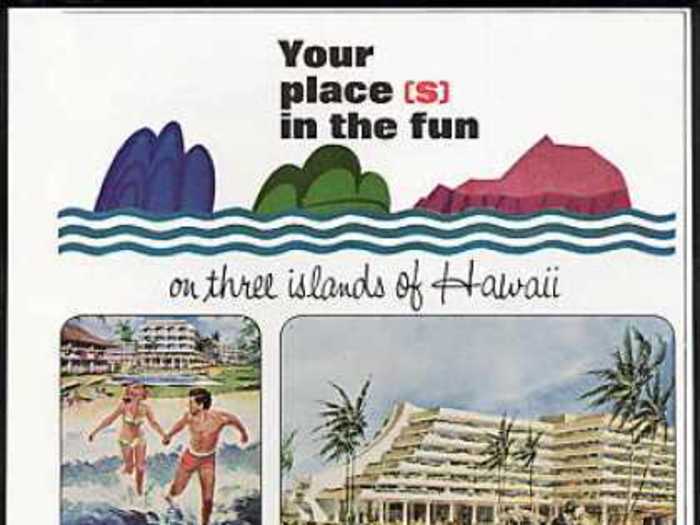
Now see some vintage ads that were way more offensive.

Popular Right Now
Popular Keywords
Advertisement